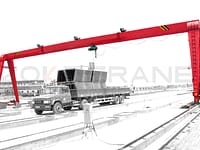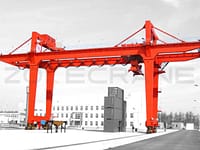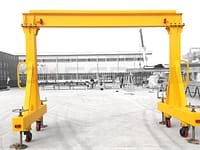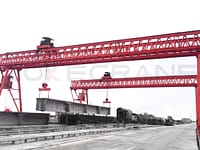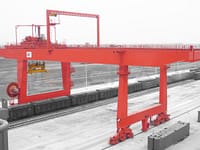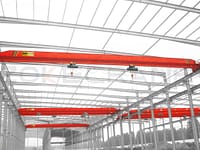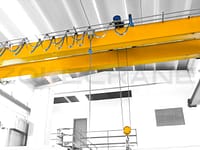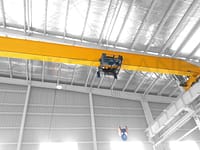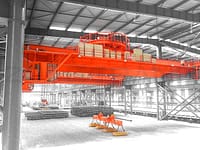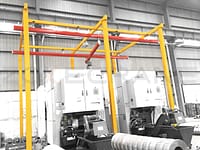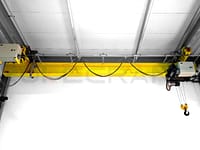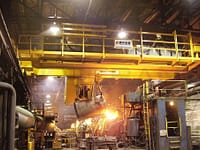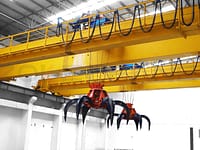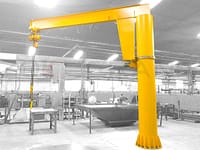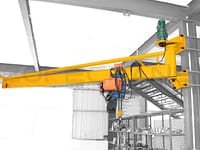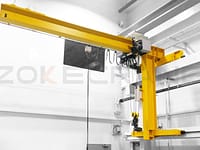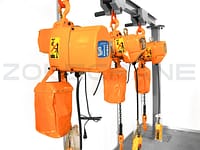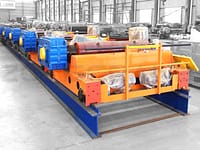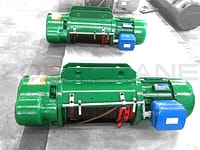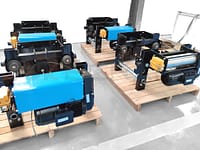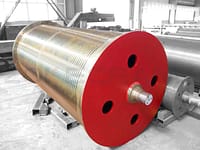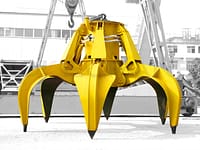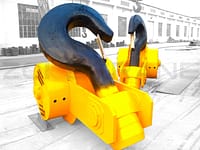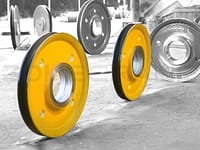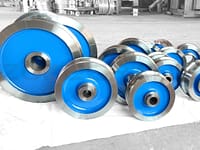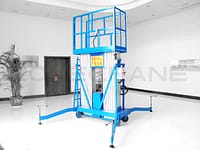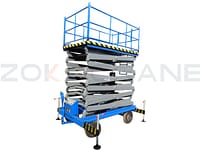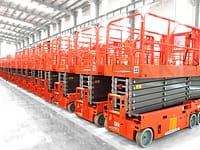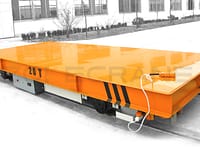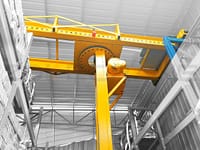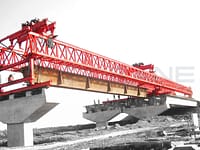Cranes play a key role in various industries as an important piece of industrial equipment. Choosing the right grade of steel is critical to ensure the structural strength and performance of cranes. This article will detail the different steel grades used in cranes, including their characteristics, application areas, and advantages and disadvantages.

ASTM A572-50 steel grade
ASTM A572-50 is one of the most commonly used steel grades for crane manufacturing. It is a low-alloy, high-strength steel with an excellent strength-to-weight ratio, and ASTM A572-50 steel is suitable for the manufacture of light and medium-duty cranes that can handle large loads. In addition, it has good malleability and workability, which facilitates the fabrication and assembly process.
Advantages:
- Excellent strength-to-weight ratio, enabling the manufacture of lightweight and strong cranes.
- Good malleability and machinability for ease of fabrication and assembly.
Disadvantages:
- Relatively high cost.
- May require additional corrosion protection.
ASTM A514 Steel Grade
ASTM A514 is a high strength steel grade commonly used in heavy crane fabrication. It has a high yield strength and good toughness to withstand high loads and severe service conditions.
Advantages:
- High strength and good toughness for heavy loads and severe service conditions.
- Can be adapted to a variety of working environments and applications.
Disadvantages:
- Poor machinability, requiring appropriate machining measures.
ASTM A709 Steel Grade
ASTM A709 is a high strength steel grade commonly used in the manufacture of large cranes. It has excellent strength and toughness and is capable of withstanding high loads and shock loads.
Advantages:
- Balance of strength and toughness for large cranes.
- Has good weldability.
Disadvantages:
- Higher costs may exist in some special applications.
- May require more maintenance and inspection.
EN 10025 S355 steel grade
EN 10025 S355 is a steel grade commonly used in crane manufacturing, particularly in Europe. It has good strength and toughness and is suitable for medium and heavy crane fabrication.
Advantages:
- Good strength and toughness to withstand the working loads of medium and heavy duty cranes.
- Adaptable to a wide range of applications and has a wide range of applications.
Disadvantages:
- Limited by regional standards and codes, not applicable in all countries and regions.
When selecting the grade of steel to be used in a crane, the following factors need to be taken into account:
- Load-bearing capacity: According to the design load and use requirements of the crane, choose a steel grade with sufficient strength and toughness to ensure that the crane can operate safely.
- Working environment: Consider the environmental conditions in which the crane is located, such as high temperature, low temperature, corrosive gases, etc., and select a steel grade with appropriate corrosion resistance.
- Machinability: According to the needs of manufacturing and assembly, select steel grades with good plasticity and machinability for processing and assembly.
- Cost-effectiveness: Consider the balance between cost and performance of the steel grade to meet budgetary requirements.
The steel grade used for cranes is selected based on specific needs. ASTM A572-50 steel for light and medium duty cranes, ASTM A514 steel for heavy duty cranes, ASTM A709 steel for large cranes, and EN 10025 S355 steel for medium and heavy duty crane fabrication. Load capacity, working environment, workability and cost effectiveness need to be considered when selecting to ensure that the structural strength and performance of the crane meet the requirements.
